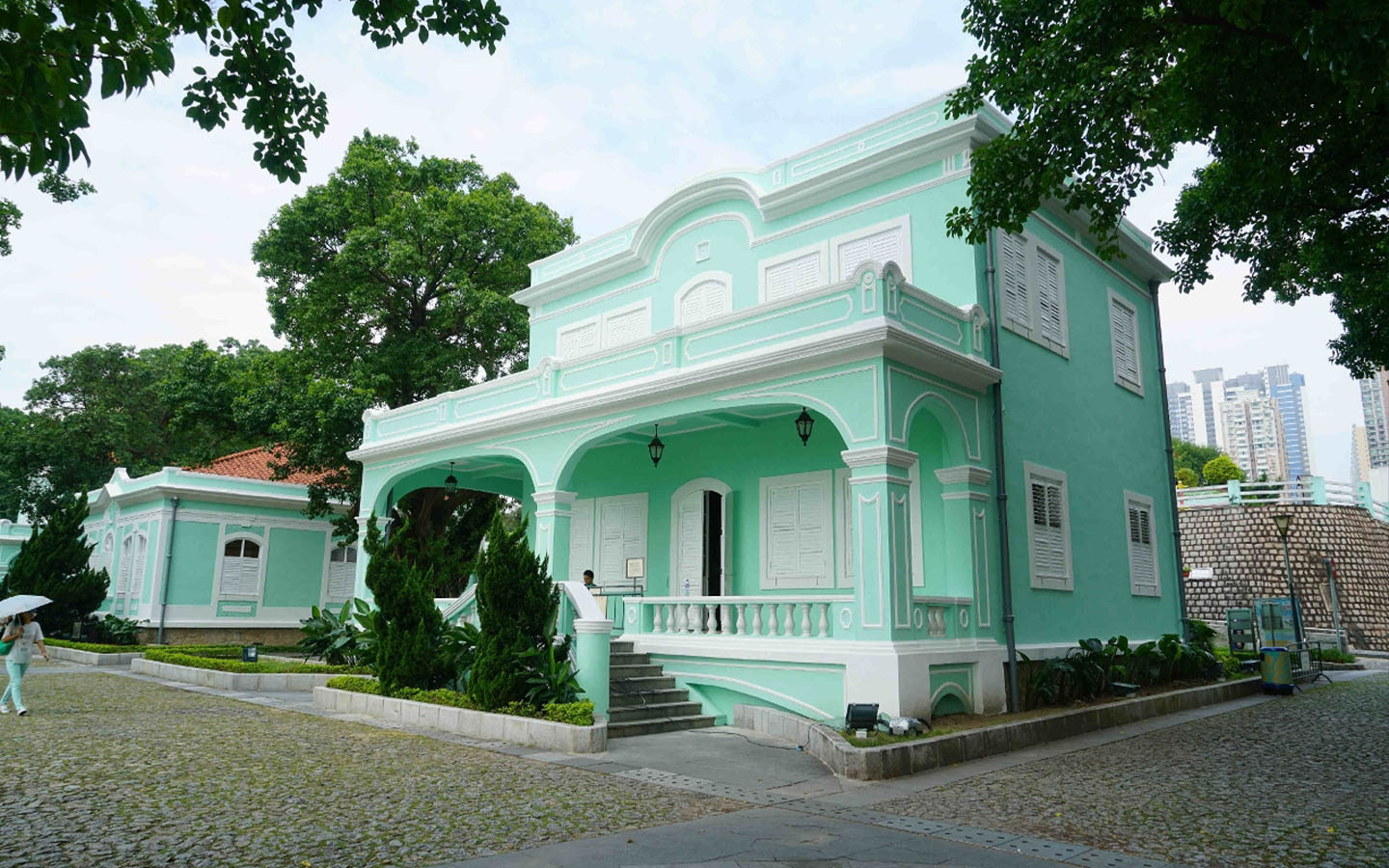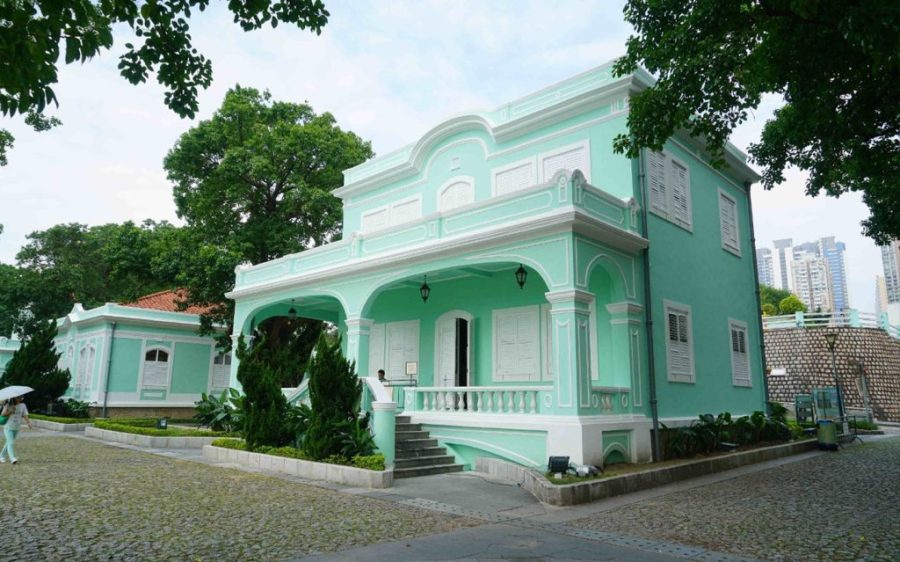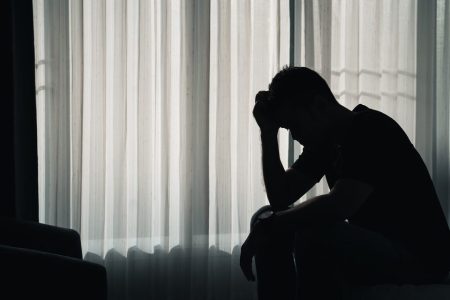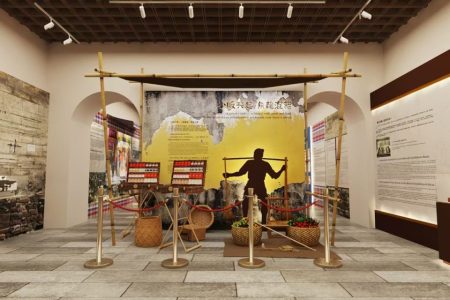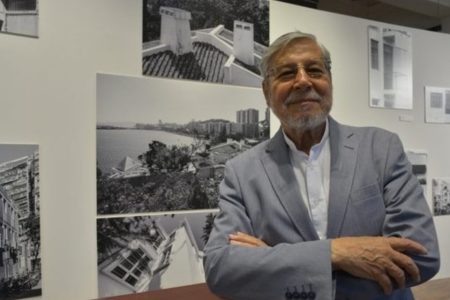For a city of its size, Macao has a remarkably high concentration of museums. At last count, there were 30 museums packed into a land mass of just 33.3 square kilometres, with each one covering topics as diverse as race cars, history, art and science. There’s one covering the pawn shop business and another devoted to the fire services.
In an effort to shed light on the Macanese – a unique ethnic group in Macao whose mixed Portuguese, Chinese and Asian heritage reflects the city’s more than four centuries of multicultural history – the local government transformed one of the five Portuguese-style villas in Taipa into the “Macanese Living Museum” in 1999. The two-storey house aims to educate visitors about the home life of a typical Macanese family in the 20th century by recreating an imagined domestic dwelling.
However, an argument could be made that the tiny venue doesn’t fully capture the richness of Macanese culture, which encompasses many other elements, including food, theatre, literature, language and dance.
[See more: The Macanese still matter in Macao, says chief executive]
Henrique Miguel de Senna Fernandes, the president of the Macanese Association, certainly believes that “more could be done,” telling Macao News that “I think [a museum about the Macanese] could be more ambitious.”
He adds: “It’s important that this museum can be formed,” arguing that it would “really acknowledge the existence of this very particular culture in Macao.”
The abandoned East-West Macanese House Museum project
The idea of establishing a comprehensive Macanese museum in Macao is by no means new, as the city’s oldest charitable organisation, the Macau Holy House of Mercy, first made such a proposal to the SAR government back in 2011.
“The vision was to create a ‘Casa-Museu Macaense Oriente-Ocidente’ (East-West Macanese House Museum) dedicated to preserving and showcasing the unique cultural heritage of the Macanese people,” says the charity’s president António José de Freitas. The museum was planned to occupy two early 20th century buildings in the Rua de São Miguel and Rua de São Roque.
According to Freitas, the proposed museum would have sought to immerse visitors by recreating a 18th to 19th century Macanese family home, complete with a dining room, living room, reading room and a small library. The project – budgeted at 50 million patacas (around US$6.2 million) – would have exhibited antique furniture, household items, photos, as well as heirlooms owned by prominent Macanese community members such as Vicente Jorgé, Camilo Pessanha and Venceslau de Morais.
While the present Macanese Living Museum also recreates a domestic environment, the original proposal was for something rather more ambitious.
“Additionally, the museum was to feature a multimedia section with sound and visual components, a mini-cafe, and a souvenir counter selling works by local artists,” Freitas says. “Interactive exhibitions could explain the historical context of the Macanese people, their traditions, and their contributions to Macao’s development.”
[See more: Macanese cuisine: The past, present and future of the world’s first fusion cuisine]
Despite submitting proposals to the SAR government in 2011 and 2014, the Holy House of Mercy was ultimately unable to get the museum off the ground. On the reasons behind the project’s failure, Freitas cites several, including the lack of institutional support and political will.
In May 2014 a meeting spurred hopes that the project would finally come into fruition, as the bureau expressed “great willingness” to back the proposal by potentially allocating 20 million patacas (US$2.5 million) in funding.
What followed was a “prolonged silence,” which the Holy House of Mercy “interpreted as a lack of genuine political interest and commitment to the project,” resulting in its abandonment of the idea altogether.
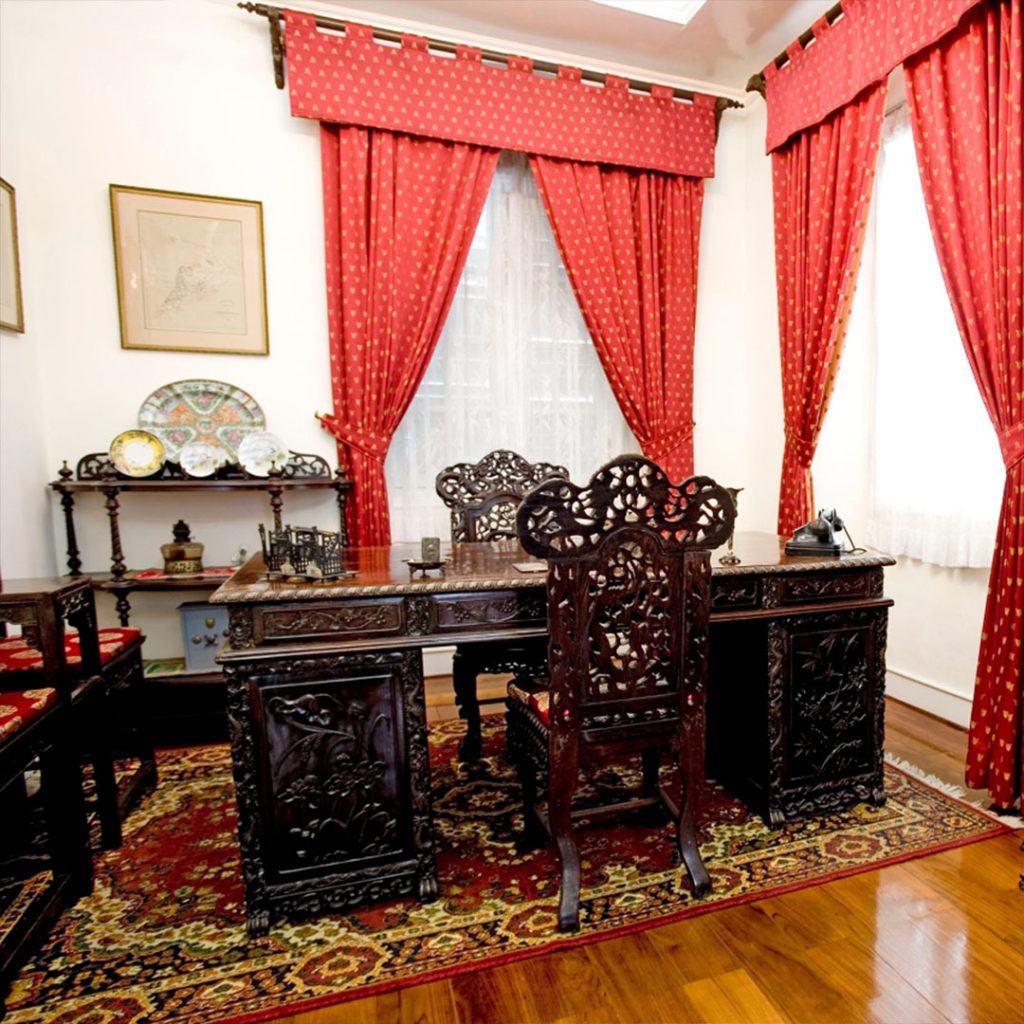
Why is building a Macanese museum important?
Freitas laments the breakdown of the Holy House of Mercy’s proposal for a Macanese museum, describing it as “a significant missed opportunity for Macao to preserve and promote its unique Macanese heritage.” Meanwhile, he notes that the twin buildings that were meant to house the museum “continue to deteriorate, symbolising the fragility of cultural preservation efforts without sustained institutional support.”
Indeed, the building of a bonafide Macanese museum can be seen as a step towards further preserving the unique history and culture of the SAR’s Eurasian community, which has been gradually eroding in past decades.
Part of the reason for this decline stems from the post-World War II mass migration of the Macanese to other parts of the world in search of a better life. According to the most recent population census published in 2021, the population of people living in Macao with Chinese and Portuguese ancestry totalled 6,668 people, accounting for just 1 percent of the population.
The result of this exodus has been a weakening of Macanese cultural traditions and practices, as demonstrated by the fate of patuá, a creole language once widely spoken by the community that blends elements of Portuguese with other Asian languages. Nowadays, the number of speakers of this critically endangered language is estimated to be around 50 people, according to UNESCO.
Despite a strong diaspora population that was estimated to be more than 1.9 million people in 2025, the possibility of Macanese culture fading away remains very real.
[See more: Casa Maquista: A taste of Macanese history]
As far back as 2007, John Estorninho wrote in a Macanese-Australian association newsletter: “There is a danger that the Macanese descendants will lose touch with Macao and its unique culture.”
The Macanese-Australian recalled that “My father said to me, some years before he passed away, that the Macanese were doomed to extinction, because the children of the Macanese were adopting other cultures and are in danger of losing their link to Macao and the Macanese culture.”
Tarisi Vunidilo, who also teaches indigenous museology and heritage management at the University of Hawai’i at Hilo, agrees that a Macanese museum could serve as a link between the past and future, telling Macao News that “There are so many stories out there that need to be shared.”
Vunildilo, who is also the secretary-general of the Pacific Islands Museum Association, states that the stories of elderly members of the Macanese community could be captured in the museum through photos, as well as audio and video recordings, allowing their memories to live on into future generations.
How can a Macanese museum benefit Macao’s tourism industry?
A Macanese museum could have tangible benefits for the SAR’s tourism industry – one of key drivers of the economy.
As an example, Vunidilo notes that the museum entrance fees and gift shops – stocked with locally-made products – can all translate into economic benefits. On top of that, the tourism generated by the presence of a museum can provide employment opportunities for locals.
At the same time, Vunidilo highlights the fact that the museums can serve as a “one stop shop for history,” allowing tourists who are unable to interact with the local people due to the short duration of their stay to learn more about the culture of their destination.
[See more: Chef José Avillez is creating a ‘new Macanese cuisine’ at Mesa]
Senna Fernandes agrees that a Macanese museum would help attract tourists, as the Macanese community is one of the various elements that sets Macao apart from other places.
Although the Macanese representative acknowledges the contributions of other minority ethnic groups in the city, including the Filipinos, Indonesians and Vietnamese, he also maintains that the Macanese are the only ones that are indigenous to Macao, with “deep roots” that stretch back centuries.
“The tourist can savour the taste of this kind of culture [which is]…absolutely different from the Chinese,” the association president points out.
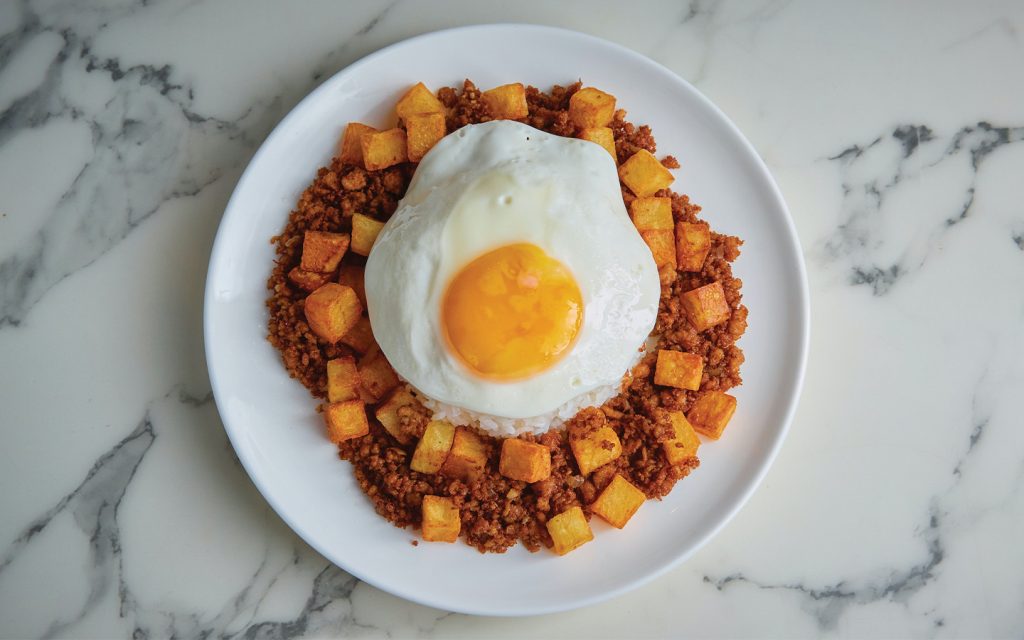
What might a future Macanese museum look like?
Having once proposed the idea of the East-West Macanese House Museum, Freitas unsurprisingly has a very clear vision for such a project.
“A Macanese museum could serve as a dynamic cultural institution that goes beyond static exhibits to immerse visitors in the lived experience of Macanese life,” he says.
To that end, the charity president suggests a range of technological elements to capture the interest of modern visitors, including “multimedia displays showing interviews with Macanese elders, audio recordings of patuá, and interactive maps tracing the cultural influences of Macao.”
Freitas and Senna Fernandes are both in agreement that Macanese gastronomy – an integral part of the community’s culture – must also be highlighted in the museum. The former suggests “a functional kitchen where cooking demonstrations and workshops are held, showcasing traditional recipes like minchi or African chicken.”
[See more: ‘We have to move forward.’ The Macanese community ponders its role]
Other key aspects of the Macanese community’s intangible heritage, including patuá theatre, Portuguese folk dance and Macanese music, could also be exhibited through the use of space.
“You can have an amphitheatre incorporated into the museum,” Vunildilo suggests. She points out that singing, dancing poetry recitals and other cultural performances could take place in such a venue.
The museum expert mentions that many contemporary museums have also started to introduce virtual reality headsets as a means to fully immerse guests. Freitas has ideas along this vein, as he mentions “a virtual reality component [that] could allow visitors to “step into” historical scenes such as a Macanese family meal or a traditional festival.”
On the question of how big an ethnic museum needs to be, Vunildilo points out that it depends on a variety of factors, including the people involved in its construction and the amount of funding. Based on her research, she says that many ethnic museums tend to be “very small, very rural-based and very community-oriented,” although she mentions that there are cases such as in Taipei where a large museum – the Shung Ye Museum of Formosan Aborigines – was established in recognition of a minority group.
What are the challenges?
Still, various obstacles continue to impede the establishment of a comprehensive Macanese museum.
Senna Fernandes believes that clearer backing from the authorities is essential, “because all the resources involved are too much to bear.” While the government can provide much needed financial resources, Vunildilo points out that they help out in many other key ways such as supplying the land for the venue and directing the museum organisers to the relevant professionals and services needed to bring the project into fruition.
Convincing the government to back the idea of creating a museum is another matter. “The government will naturally judge the pros and cons,” Senna Fernandes says. “The pros would be…it’s a very good culture, but the cons might be, since I have this museum for the Macanese, how about the other communities?”
On the prospect of the SAR government supporting the idea, the Macanese representative says, “I don’t think it’s impossible, but it all depends on the views [that] the government [has] on our community.”
Another hurdle originates from within the Macanese community itself. Senna Fernandes admits that the establishment of a Macanese museum would also “trigger some mixed feelings” within the community, as not all members of the community wish to be singled out and potentially end up attracting negative attention.
Added to that is the fact that not all individuals with mixed Portuguese-Chinese ancestry in Macao identify as Macanese, making the prospect of a museum that claims to represent them unappealing.
[See more: Macanese musician Gabriel strives to keep patuá alive with his new EP]
“Many of the younger generation [with mixed Portuguese-Asian heritage in Macao] are more prone to being identified as Chinese,” Senna Fernandes points out. He adds that other residents with a Portuguese-Asian background are not sure if they are part of the community or do not wish to claim affiliation for fear of being “mocked” by those with more established Macanese connections.
Senna Fernandes says he respects these different opinions, although he urges these individuals, whose Portuguese names are indicative of their unique heritage, embrace their differences even if they don’t speak any Portuguese.
Personally, the Portuguese association head says he “would be utterly proud” as a Macanese to have a museum that can showcase the culture of his community.
Freitas thinks likewise. “The preservation of Macanese culture is not just about honouring the past,” he says. “It is about enriching Macao’s future as a global model of harmonious cultural coexistence and creativity.”
